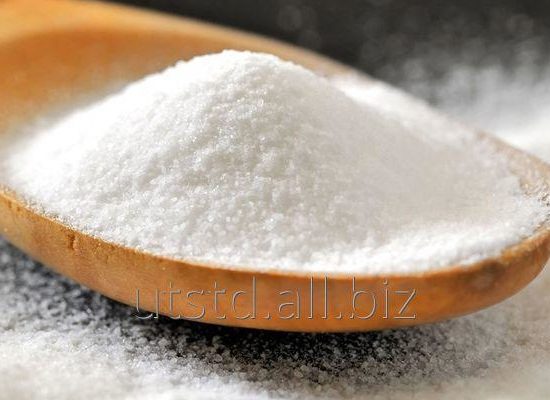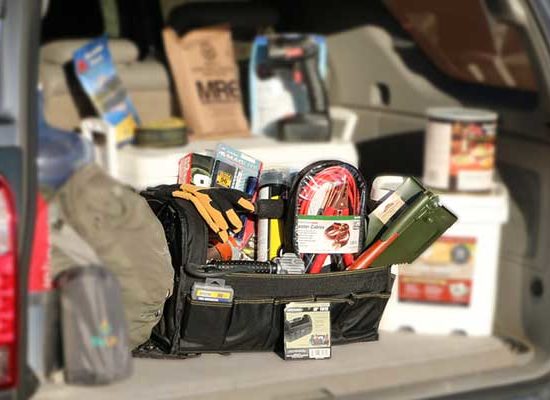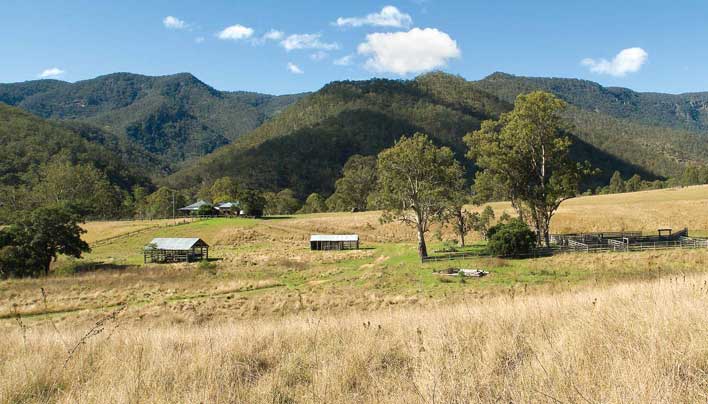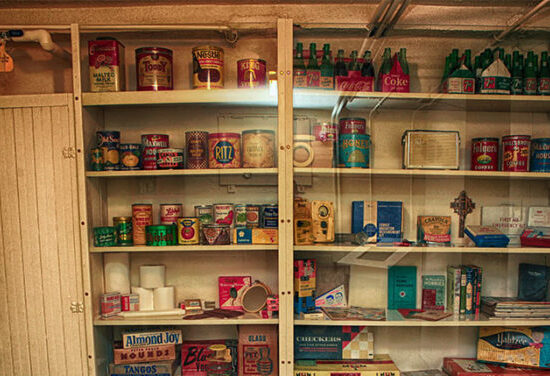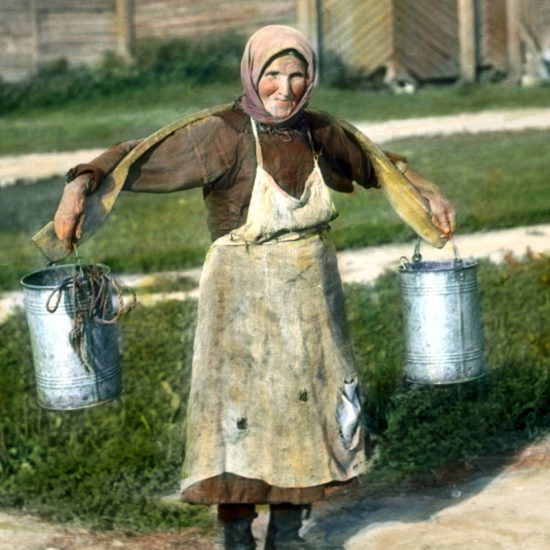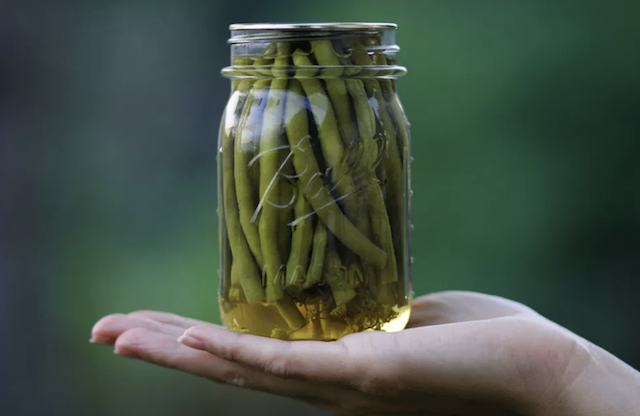
It happens every time.
I innocently check my green bean plants one day and don’t see much, and then 24 hours later, BAM. They are loaded down with ALL THE BEANS that need to be picked like yesterday.
Come to think of it, the cucumbers do the same thing. They must be in cahoots.
(Also. I picking green beans feels so tedious to me. They’re probably my least favorite thing in the garden to harvest just because it takes forever. But I’ll stop whining now.)

This book could have been called The Replacement for The US Healthcare System. Learn here why
Anyway, here I am with mountains of green beans sitting on my countertop… I’m not a huge fan of pressure canned beans, as they are a bit mushy for my preference. I will freeze a bunch of them (using my lazy, no-blanch method of freezing green beans, of course) and then make pickled green beans with the rest.
Sometimes these are called dilly beans, because, well, they usually include dill. However, let me assure you if you have some sort of extreme hatred for dill, you most certainly do NOT have to use it with your beans. Therefore, I prefer to just call these pickled beans, since dill is very optional.
And when it comes to pickled green beans, you’ve got lots o’ options, my friends.
1: You could add vinegar and spices to your beans and can them in a water bath canner for green bean pickles that’ll last a good long while in your pantry.
2: You could stuff the green beans and whatever spices you like in a jar, make a vinegar/water mixture, pour it over the top, and pop it in the fridge for refrigerator pickled green beans that will keep for several months, if not longer.
3: Or, you can stuff the green beans and spices in a jar, but add a salt water brine on top to make pickled beans the old-fashioned way (sans vinegar).
There’s no right or wrong way to do this, but today we’re talking ’bout option numero tres: fermented pickled green beans. I love facto-fermented green beans as not only are they ridiculously easy to throw together, they also pack an extra punch of probiotic goodness, just like sauerkraut or brined fermented pickles. (aka, your gut will love you forever)
Now if you’re new to the world of home fermentation and are a little wary that you won’t like the taste, I’m here to reassure you that these fermented pickled green beans are probably one of the mildest ferments I’ve made. They have just the right amount of tang without being too “funky,” know what I mean?
Are you sold yet? Good. Here’s how to make pickled green beans of your very own:
Fermented Pickled Green Beans Recipe
- 1-2 cloves of garlic
- 2 heads fresh dill OR 1 tablespoon dill seed
- 1 teaspoon black peppercorns
- 1 bay leaf
- 4 cups (about one pound) fresh green beans, washed with ends snapped off
- BRINE: 1 tablespoon kosher salt + 2 cups water (double or triple this as needed)
- Start with a clean quart-sized mason jar. Place the garlic, dill, peppercorns, and bay leaf in the bottom of the jar.
- Add the green beans to the jar– I like to try to have them stand up on end, but if it doesn’t work, don’t drive yourself crazy. Just get them in there the best you can.
- Make your brine by stirring the kosher salt into the water until it’s completely dissolved.
- Pour the brine over the top of the beans, making sure it covers the beans completely but leaves 1 to 2 inches of space at the top of the jar. You may need to weigh the beans down so they don’t float to the top and poke out of the brine. I like using a glass fermenting weight for this, but you can use all sorts of things (jar lids, kitchen utensils, etc)
- Screw the lid on finger tight only.
- Place your jar of fermented green beans on the counter away from other ferments (or any sourdough starter) that you might have going at the same time.
- Allow the beans to ferment for 5 to 7 days, checking the jar each day and “burping it” (opening the lid to release any gases) to avoid it spilling out of the jar. If you don’t want to be forced to remember to burp it, there are all sorts of fermenting airlock systems available to streamline the process. I talk about one of my favorite fermentation systems here.
- Taste the beans at the end of the fermentation period to make sure you like how tangy they are. If you prefer bolder fermented beans, you can let them sit on the counter for a few more days, otherwise, pop them in the fridge and consume within two to three months.
Pickled Beans Recipe Notes:
- You can easily multiple this recipe to make a large batch if you are dealing with lots of beans. And if you want to mix up a BIG batch of brine, it’ll keep indefinitely in your refrigerator.
- Be sure to select firm, young beans for your ferments. The old, mushy ones that have the texture of an a cornstalk will not improve as they ferment!
- As long as you keep your brine measurements the same, feel free to get creative with the flavors and spices to you add to your jar. More garlic, peppers, or other herbs are all fair game! Or you can go super simple with just beans, brine, and that’s it!
Other self-sufficiency and preparedness solutions recommended for you:
The Lost Ways (The vital self-sufficiency lessons our great grand-fathers left us)
Survival MD (Knowledge to survive any medical crisis situation)
Backyard Liberty (Liberal’s hidden agenda: more than just your guns…)
Alive After the Fall (Build yourself the only unlimited water source you’ll ever need)
The Lost ways II (4 Important Forgotten Skills used by our Ancestors that can help you in any crisis)
The Patriot Privacy Kit (Secure your privacy in just 10 simple steps)
The post Pickled Green Beans Recipe (lacto-fermented) appeared first on The Prairie Homestead.















